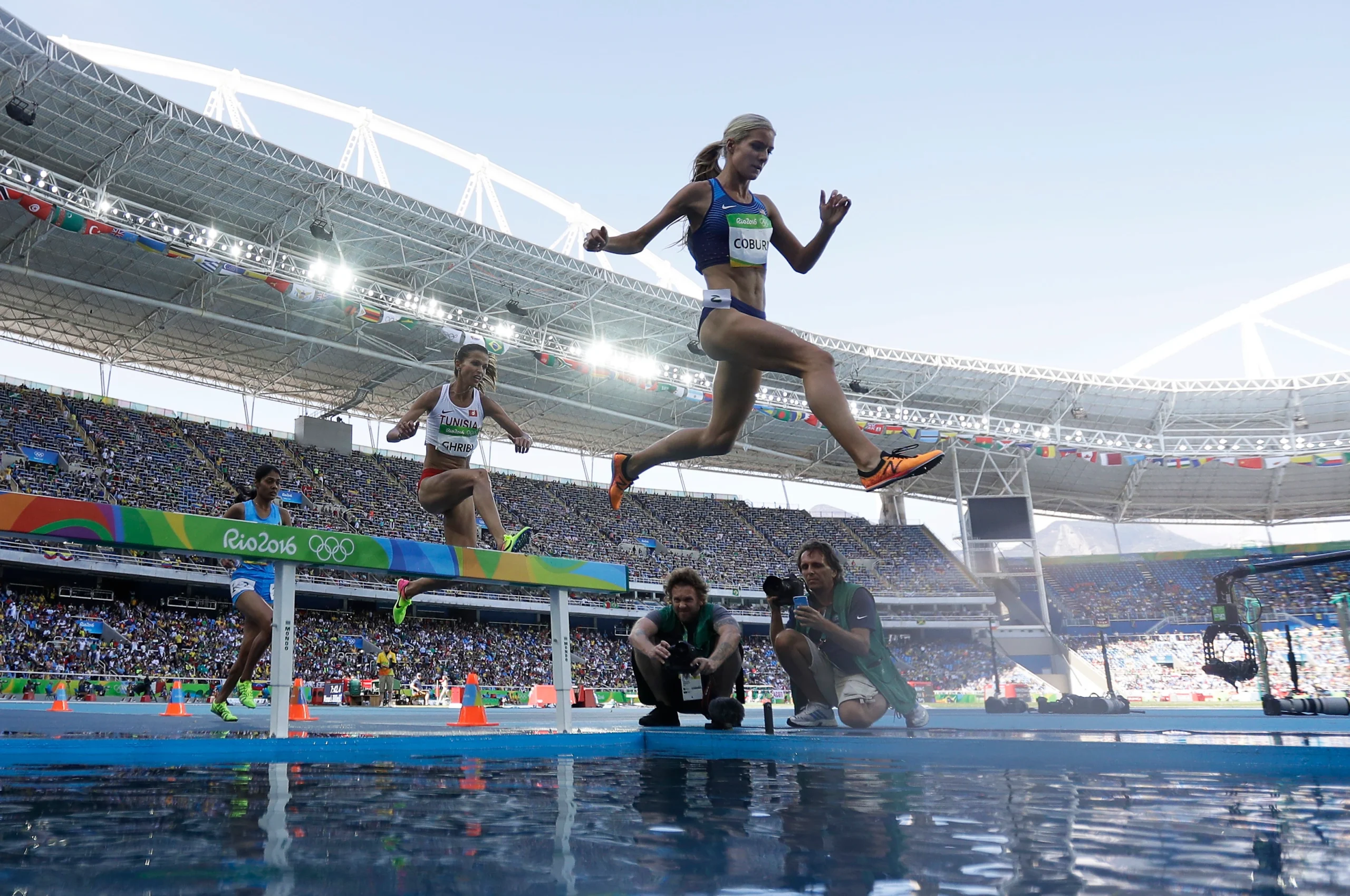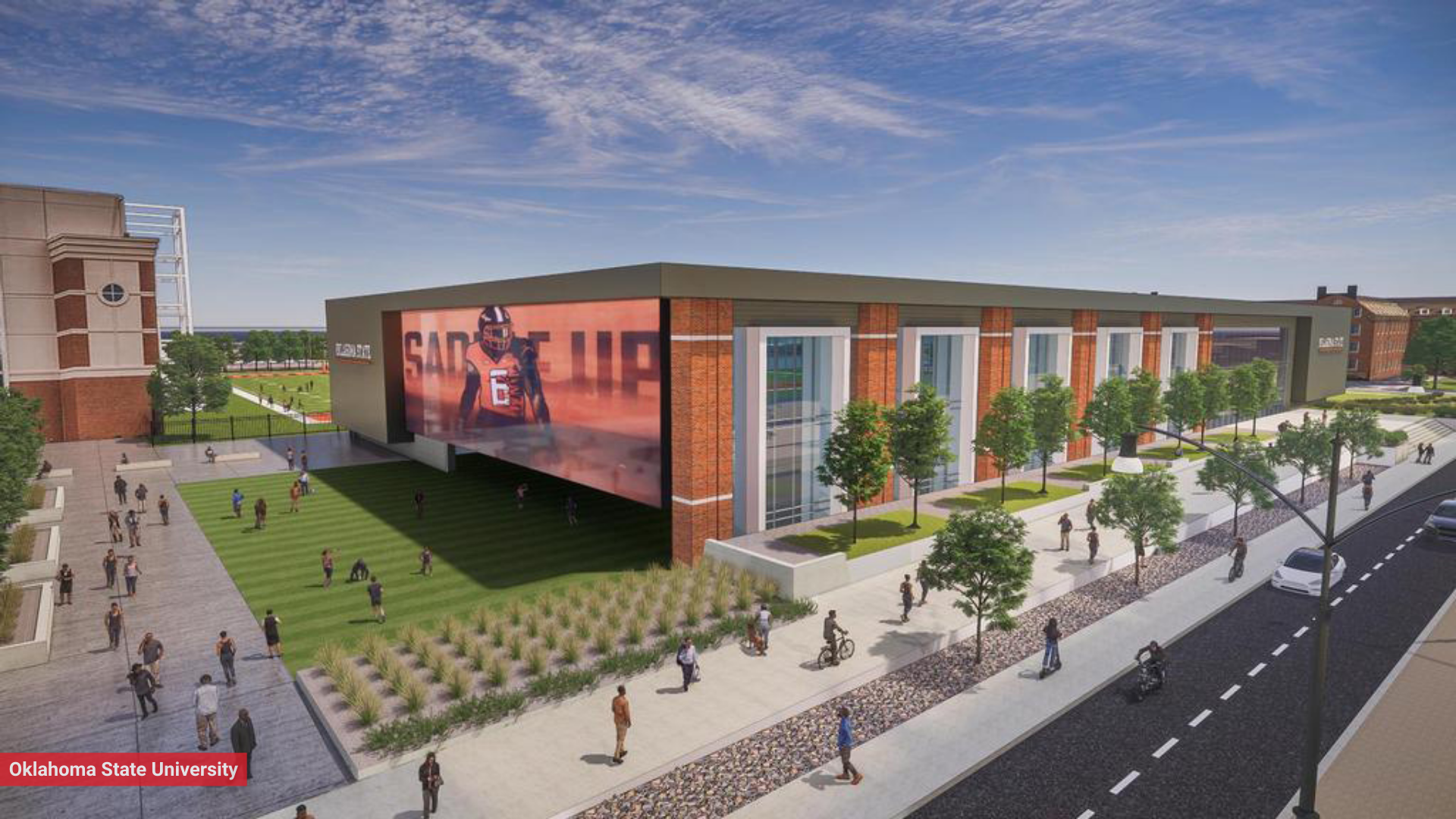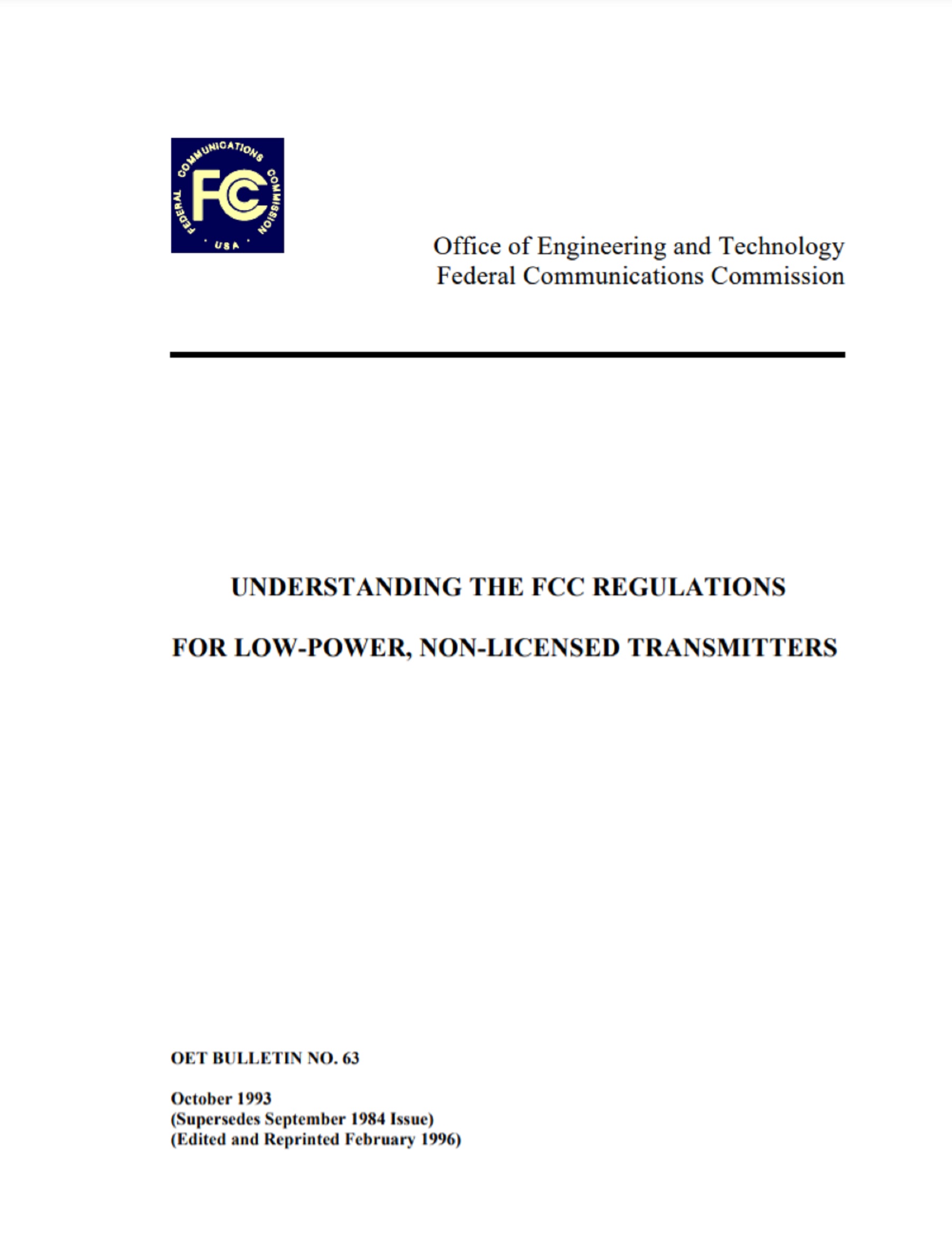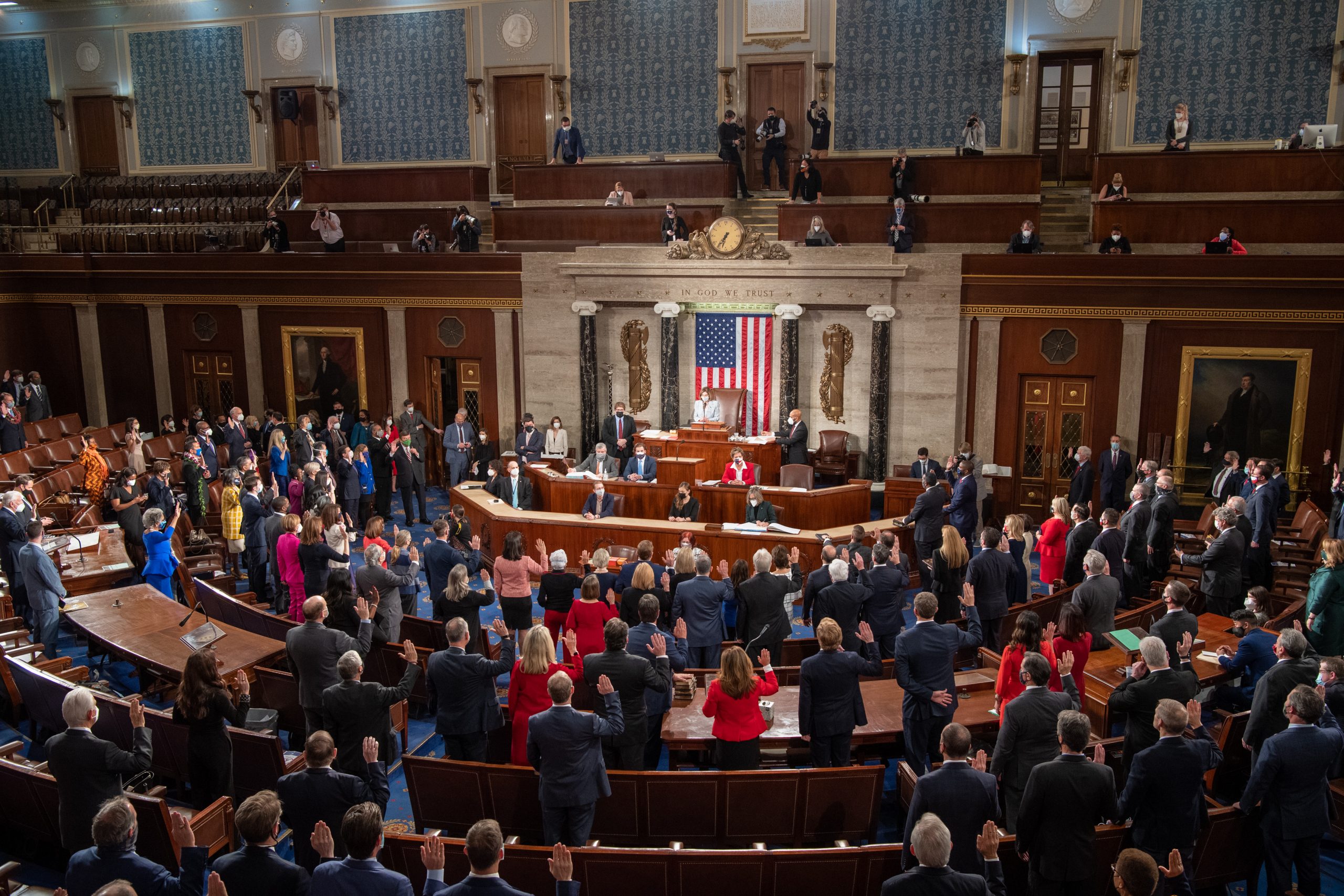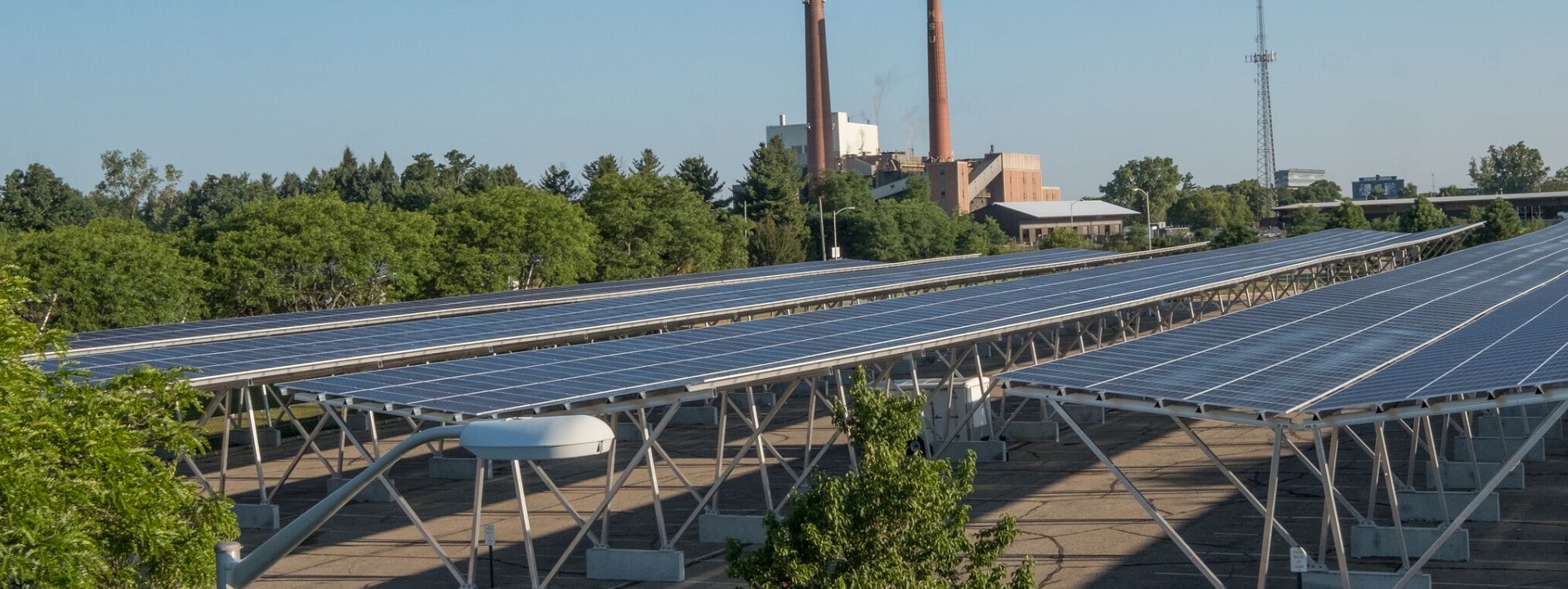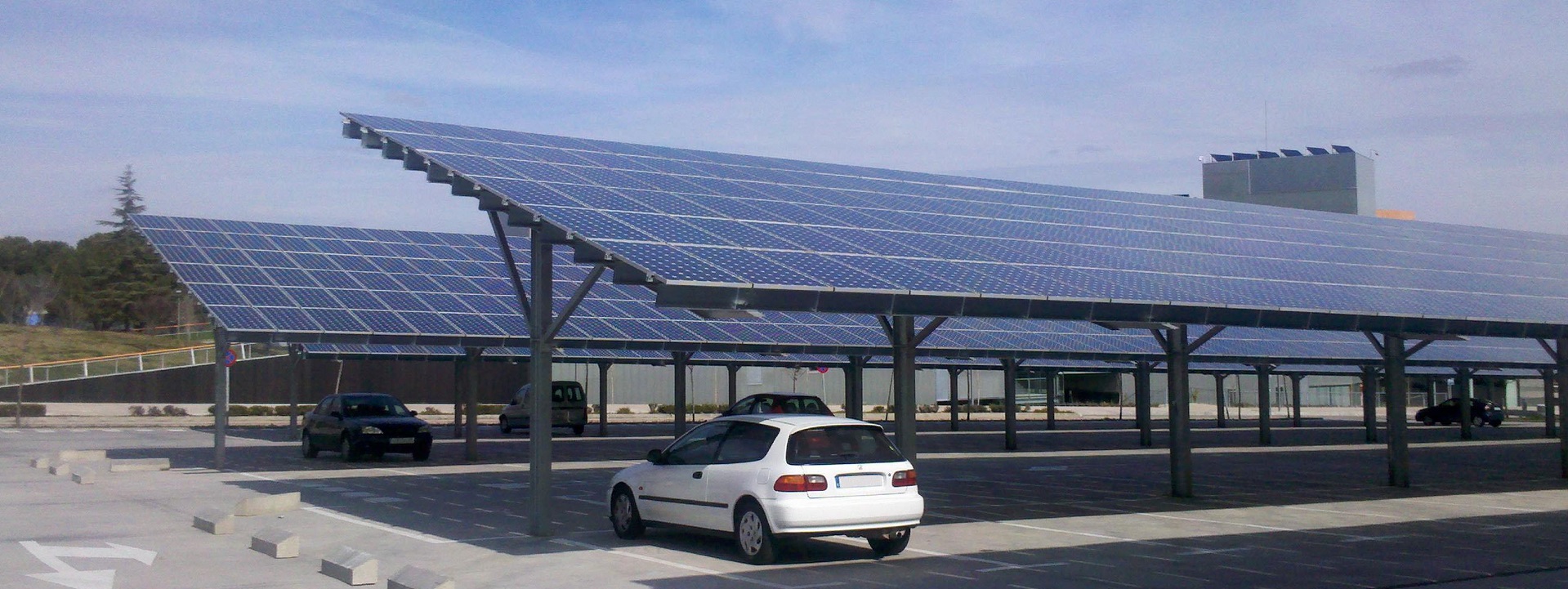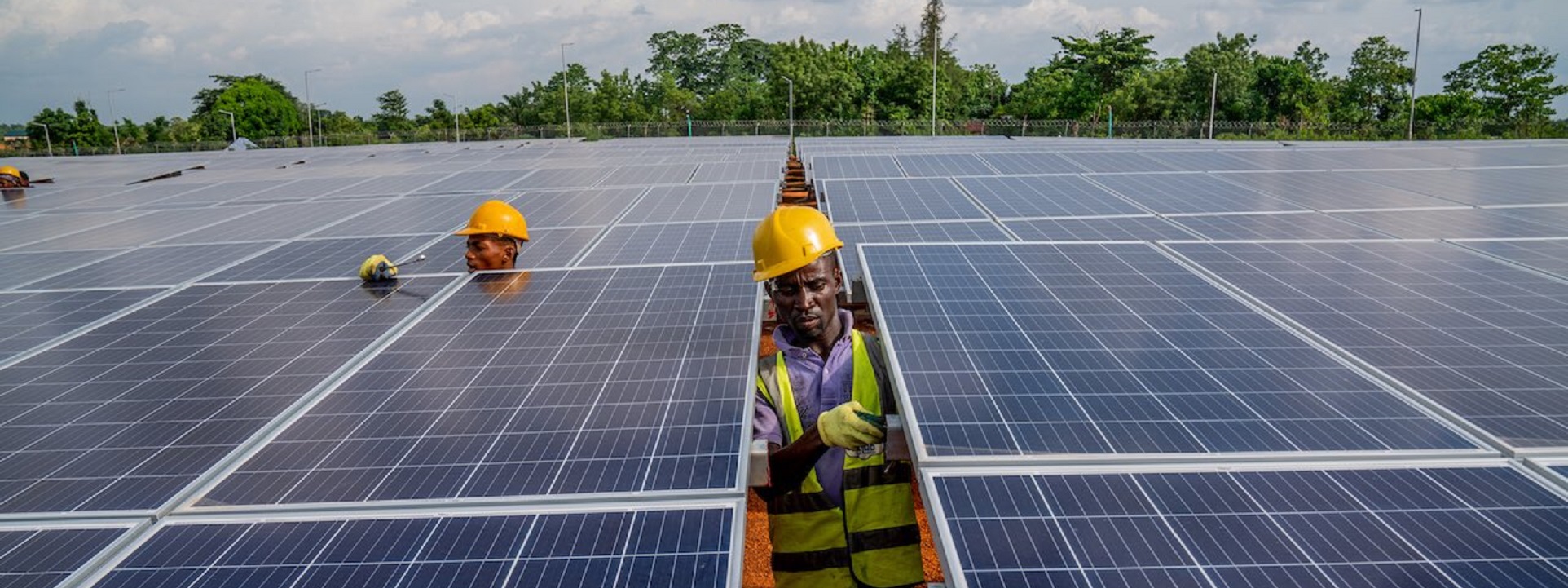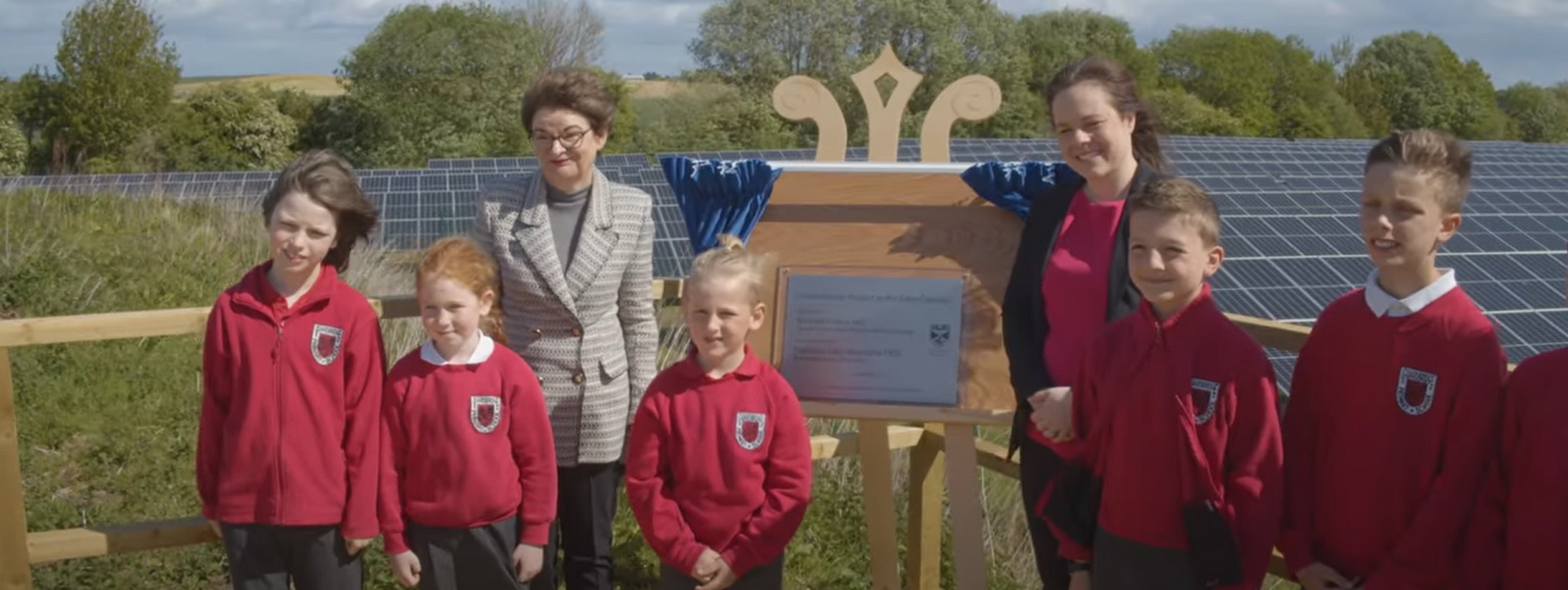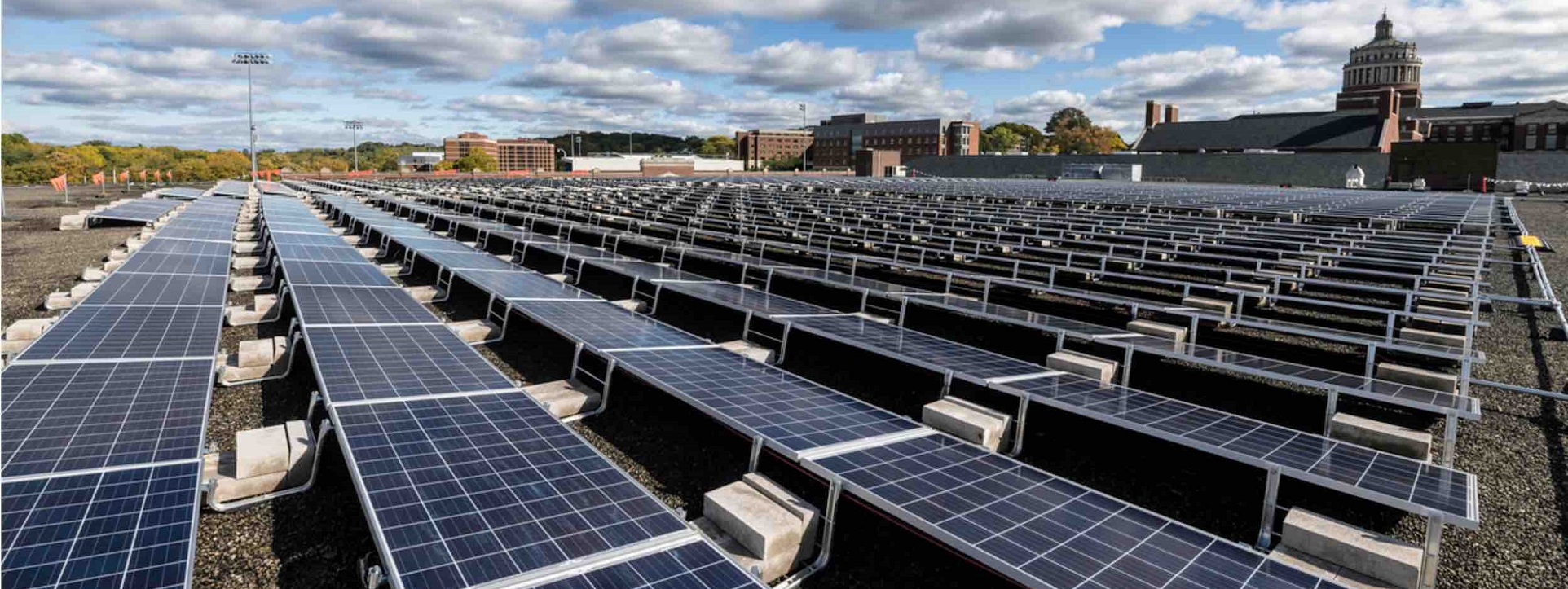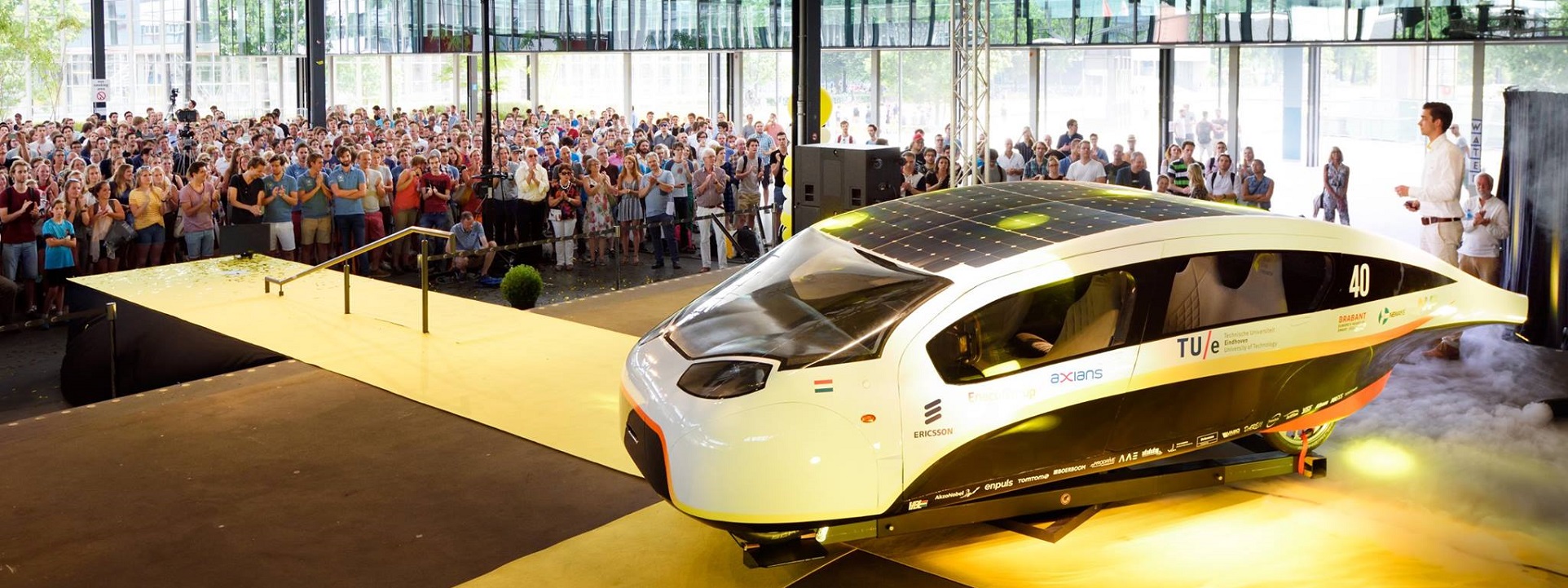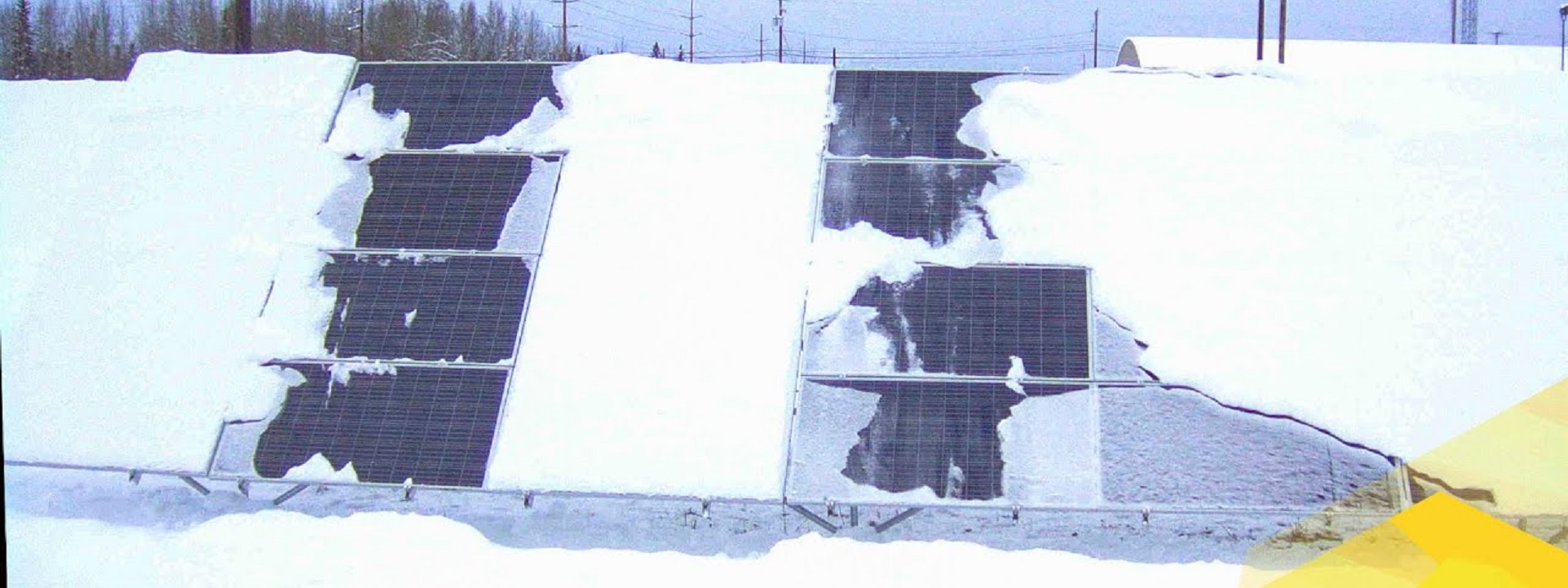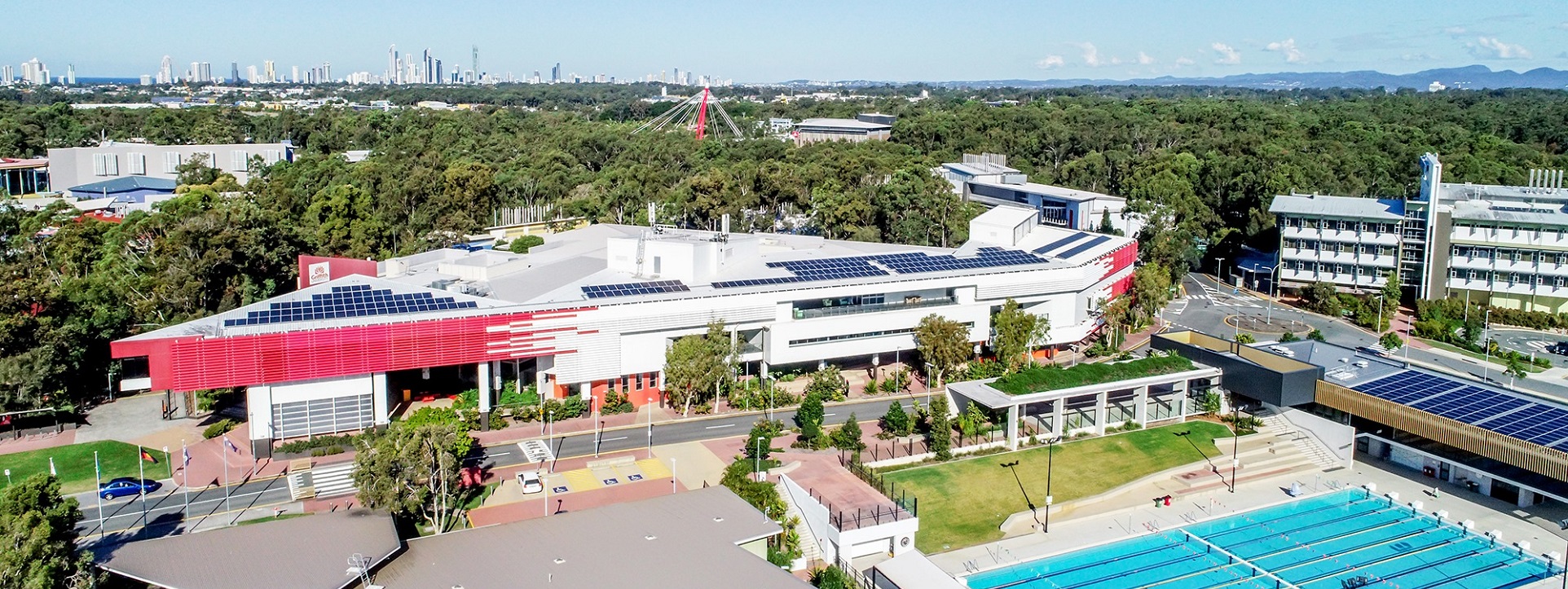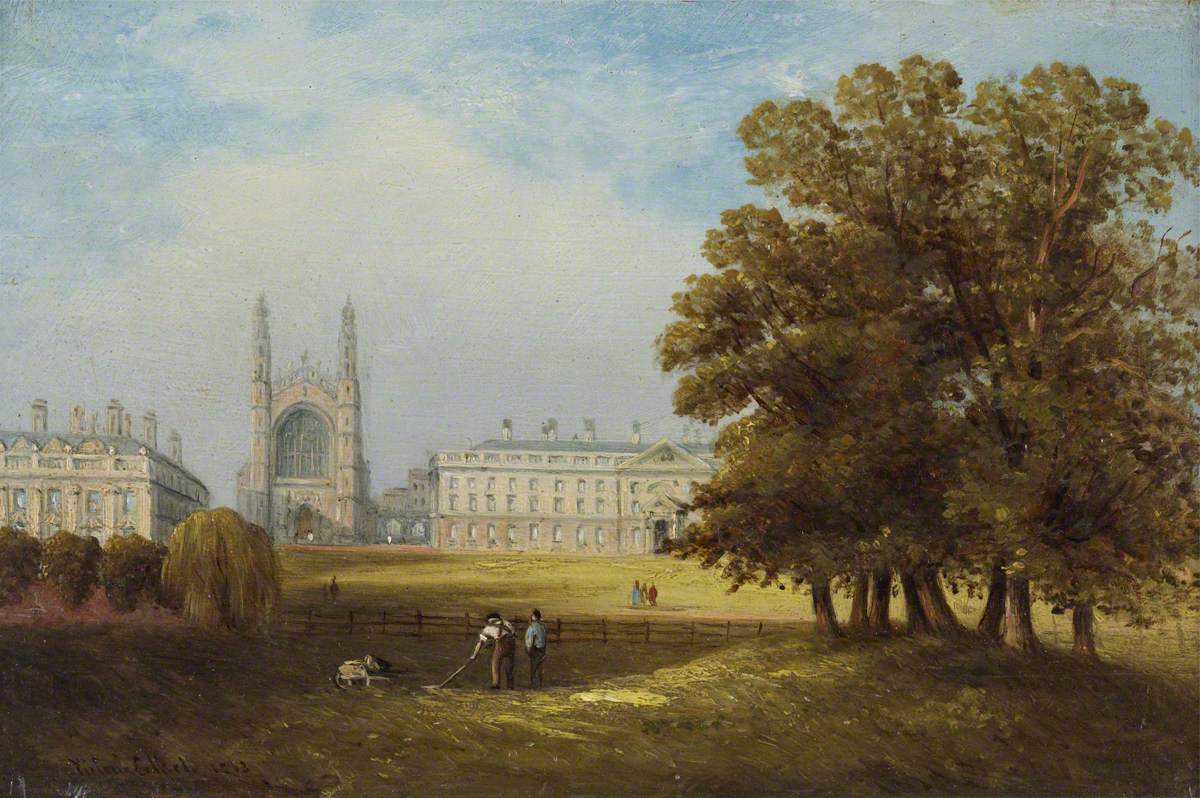
Colkett, Victoria Susanna; King’s College Chapel, Cambridge, as Seen from Clare Hall Piece and Crotches; National Trust, Anglesey Abbey;
Best practice discovery and promulgation for land use between colleges and universities and their host municipalities in the United States is hastened by a combination of codes, standards, and government regulations. Here are some key ones:
- Zoning Codes: Zoning ordinances dictate land use within municipalities, including where educational institutions can be located and what activities they can undertake.
- Building Codes: These are regulations that govern the construction and maintenance of buildings. Educational institutions must comply with these codes for the safety and welfare of their occupants.
- Fire Codes: Fire codes ensure that buildings meet safety standards regarding fire prevention, evacuation procedures, and firefighting equipment. Compliance is crucial for the safety of students and staff.
- Health Codes: Health codes set standards for sanitation, food safety, and other health-related matters. Colleges and universities, especially those with dining facilities and student housing, must adhere to these regulations.
- Environmental Regulations: These regulations govern environmental protection, waste management, and pollution control. Educational institutions may need to comply with federal, state, and local environmental laws.
- Parking and Transportation Regulations: Municipalities often have regulations concerning parking, traffic flow, and public transportation. Colleges and universities must consider these factors when planning campus infrastructure and events.
- Land Use Regulations: Beyond zoning codes, municipalities may have additional land use regulations that affect educational institutions, such as restrictions on expansion or development in certain areas.
- Permitting and Licensing Requirements: Colleges and universities may need permits or licenses for certain activities, such as hosting events, serving alcohol, or operating transportation services.
- Taxation Laws: While educational institutions often enjoy tax-exempt status, they may still be subject to certain taxes, such as property taxes on non-educational properties or sales taxes on commercial activities.
- Student Housing Regulations: Some municipalities have specific regulations governing student housing, including occupancy limits, safety standards, and rental property inspections.
- Noise Ordinances: Municipalities may have ordinances regulating noise levels, particularly in residential areas. Colleges and universities must consider these regulations when planning events or construction activities.
- Community Relations Agreements: In some cases, colleges and universities may enter into agreements with their host municipalities to address specific issues or concerns, such as traffic management, public safety, or community engagement initiatives.
During today’s colloquium we explore the catalogs of the dominant standards developments whose titles are most frequently incorporated by reference into local statues. Use the login credentials at the upper right of our home page.
Chesterton’s Fence is a simple rule of thumb that suggests you should never destroy a fence, change a rule, or alter a tradition if you do not understand why it was created in the first place. China’s Four Pests Campaign during the Great Leap Forward shows the tragic consequences of meddling with things we do not fully understand.




